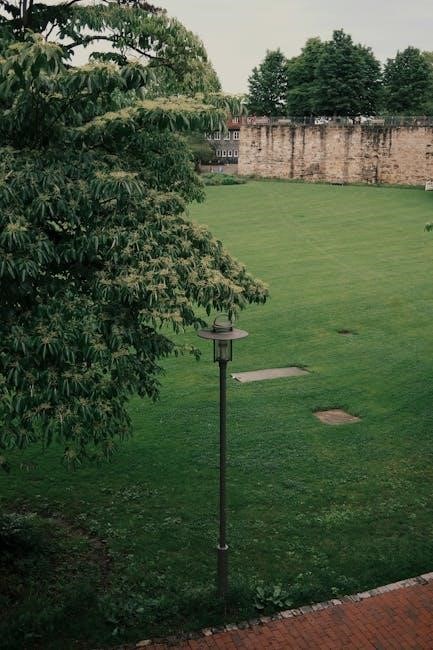lawn can the hick incoherent answer pdf
Lawn care involves maintaining healthy grass, often influenced by concepts like “lawn can” and “hick,” which reflect cultural and practical approaches to landscaping.
The term “hick” historically ties to rural land management, while “lawn can” emphasizes sustainable practices, as highlighted in the PDF “7 Cardinal Rules” for effective lawn maintenance.
1.1. Overview of Lawn Care
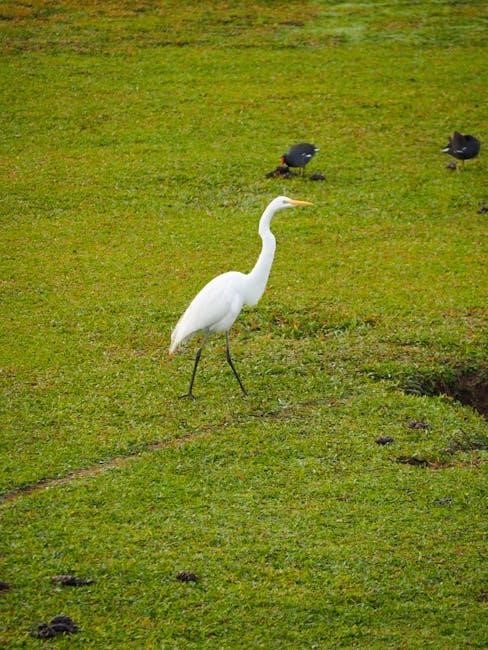
Lawn care encompasses a range of practices aimed at maintaining healthy, aesthetically pleasing grass. It involves mowing, watering, fertilizing, and addressing pests or weeds. The term “lawn can” reflects sustainable approaches, while “hick” hints at traditional, often rural methods of land management. Proper lawn care balances functionality and beauty, ensuring outdoor spaces remain inviting and environmentally beneficial. Sustainable practices, such as those outlined in the “7 Cardinal Rules” PDF, emphasize eco-friendly techniques to preserve grass health and reduce environmental impact. Regular maintenance is key to achieving vibrant, resilient lawns that enhance both residential and communal areas.
1.2. Importance of Lawn Maintenance
Lawn maintenance is crucial for both aesthetic and environmental reasons. Well-maintained lawns contribute to carbon sequestration, support urban ecosystems, and enhance property value. Proper care prevents issues like soil erosion and weed infestation, ensuring a lush, durable grass cover. Regular practices, such as consistent watering and mowing, promote healthy turf that withstands environmental stresses. Additionally, sustainable methods reduce chemical use, aligning with eco-friendly goals. The “7 Cardinal Rules” PDF and researchers like Eriksson, D, emphasize the role of care in maintaining ecological balance and promoting biodiversity in lawns.

The Role of “Hick” in Lawn Care
The term “hick” in lawn care reflects traditional, often rural practices emphasizing natural methods and sustainability, influenced by historical land management techniques.
2.1. Historical Context of “Hick” in Land Management
The term “hick” originates from rural settings, where it described individuals practicing traditional land management. These practices, passed through generations, focused on sustainability and natural resource conservation.
Historically, “hick” methods involved minimal external inputs, relying on local materials and techniques. This approach emphasized harmony with nature, reflecting a deep understanding of ecological balance and resource efficiency.
Such practices were often communal, fostering strong community ties and shared knowledge. Despite modern advancements, these historical methods remain influential in contemporary lawn care, particularly in sustainable gardening movements.
2.2. Modern Interpretations of “Hick” in Lawn Care Practices
Today, the term “hick” in lawn care symbolizes a blend of traditional wisdom and modern innovation. It represents a shift toward eco-friendly practices, such as organic fertilizers and water conservation techniques.
Modern interpretations emphasize sustainability, integrating old-school methods with new technologies. This approach reduces environmental impact while maintaining lush, healthy lawns.
The “hick” philosophy now inspires urban gardeners and professionals alike, promoting a balanced, nature-aligned approach to lawn maintenance that respects both heritage and contemporary environmental concerns.
Incoherent Lawn Care Practices
Incoherent lawn care practices often stem from neglect, over-fertilization, or improper mowing, leading to uneven growth and environmental harm, as noted in the “7 Cardinal Rules” PDF.
3.1. Irregular Watering Schedules
Irregular watering schedules disrupt grass health, causing overwatering or underwatering. This inconsistency leads to shallow root growth and vulnerability to pests, as highlighted in lawn care studies.
3.2. Improper Mowing Techniques
Improper mowing techniques, such as cutting grass too short or irregularly, can damage blades and expose the lawn to stress. This practice often leads to uneven growth and vulnerability to pests.
The “lawn can” concept emphasizes maintaining optimal height to promote health, while the “hick” approach historically focused on practical, albeit sometimes ineffective, methods. Studies and guides, like the “7 Cardinal Rules” PDF, highlight the importance of consistent mowing schedules to prevent such issues and ensure sustainable lawn care practices. Proper mowing is essential for a resilient and visually appealing lawn.
3.3. Overuse of Chemical Fertilizers
The excessive application of chemical fertilizers can harm lawns by burning grass roots and contaminating soil. This practice, often linked to incoherent care methods, disrupts ecosystem balance and reduces grass resilience.
According to the “7 Cardinal Rules” PDF and studies by Eriksson, sustainable practices advocate for moderation to avoid long-term damage. The “hick” approach historically favored natural techniques, while modern “lawn can” principles promote eco-friendly alternatives like organic compost. Overfertilization not only degrades lawn health but also contributes to environmental pollution, emphasizing the need for mindful chemical use. Properly timed and measured applications are crucial for maintaining a healthy, sustainable lawn.
“Lawn can” refers to sustainable practices promoting eco-friendly lawn care, as outlined in the “7 Cardinal Rules” PDF, emphasizing natural methods over chemical reliance. This concept contrasts with the “hick” approach, blending traditional techniques with modern environmental awareness to foster healthy, resilient lawns while minimizing ecological impact and ensuring long-term sustainability. The term “lawn can” defines a sustainable approach to lawn care, emphasizing natural methods to promote healthy grass growth while reducing environmental impact. Its purpose is to provide eco-friendly alternatives to traditional practices, ensuring lawns remain vibrant without relying heavily on chemical fertilizers or excessive watering. This concept aligns with modern environmental goals, encouraging homeowners to adopt practices that support biodiversity and resource conservation. By focusing on sustainability, “lawn can” offers a balanced solution for maintaining aesthetically pleasing lawns while contributing positively to local ecosystems and reducing the carbon footprint associated with lawn maintenance. Some misconceptions surround the “lawn can” concept, often viewed as overly restrictive or impractical. Many believe it discourages all chemical use, but it actually advocates for balanced, minimal application. Others think it promotes wild, unkempt lawns, while it aims for natural, sustainable growth. The term “hick” in this context is sometimes misinterpreted as dismissive, but it reflects traditional, rural practices that emphasize simplicity and harmony with nature. These misunderstandings highlight the need for clear communication about sustainable lawn care and its benefits for both appearance and the environment. The “7 Cardinal Rules” PDF outlines essential lawn care practices, emphasizing sustainability and proper techniques to maintain healthy grass while minimizing environmental impact. The “7 Cardinal Rules” PDF emphasizes sustainable lawn care practices, highlighting the importance of regular watering schedules and proper mowing techniques to maintain healthy grass. It also addresses the overuse of chemical fertilizers, advocating for eco-friendly alternatives to reduce environmental harm while promoting lush, green lawns. The document serves as a comprehensive guide, ensuring lawn maintenance aligns with both aesthetic and environmental goals, providing clear, actionable steps for homeowners and landscapers alike. The “7 Cardinal Rules” PDF provides essential insights for effective lawn care, emphasizing sustainable practices that promote healthy grass growth and environmental balance. By addressing issues like irregular watering and improper mowing, the document offers practical solutions to common lawn care challenges, ensuring lawns remain vibrant and resilient. Its focus on reducing chemical fertilizer use aligns with modern eco-friendly trends, making it a valuable resource for homeowners and professionals seeking to maintain beautiful, sustainable lawns. Lawn care significantly impacts the environment, contributing to carbon sequestration while requiring substantial water and energy resources. Chemical fertilizers and pesticides can lead to soil degradation and water pollution, highlighting the need for sustainable practices. Lawns play a significant role in carbon sequestration by absorbing CO2 during photosynthesis, storing it in grass blades and soil. Well-maintained grasslands enhance carbon capture, supported by practices like regular mowing and proper watering, as outlined in the EPA’s “7 Cardinal Rules” for sustainable lawn care. Eriksson’s research highlights how optimized lawn management can maximize carbon storage, benefiting both local ecosystems and global climate goals. Lawns serve as crucial components of urban ecosystems, providing habitats for pollinators and wildlife while mitigating the heat island effect and improving air quality. They act as green spaces, enhancing biodiversity in densely populated areas, as noted in the EPA’s “7 Cardinal Rules” document on sustainable practices. Eriksson’s studies emphasize their role in stormwater management, reducing runoff and filtering pollutants, thus supporting urban environmental health and resilience. Research by Eriksson, D, and findings from EPA archives highlight the importance of sustainable lawn care, emphasizing balanced practices to maintain healthy grass and reduce environmental impact. Eriksson’s research focuses on sustainable lawn care practices, emphasizing the balance between aesthetic appeal and environmental health. His studies highlight the importance of proper mowing, watering, and fertilization techniques to maintain healthy grass while reducing ecological impact. Eriksson also explores the role of “lawn can” concepts, which promote eco-friendly methods to preserve lawns as green spaces. His findings stress the need for homeowners to adopt scientifically backed approaches to avoid incoherent practices that harm both lawns and the environment. Eriksson’s work serves as a foundation for modern, sustainable lawn maintenance strategies. The EPA archives reveal critical insights into lawn care practices, emphasizing sustainability and environmental stewardship. Documents such as the “7 Cardinal Rules” PDF highlight best practices to minimize ecological impact while maintaining healthy lawns. The agency underscores the importance of balanced watering, reduced chemical use, and proper waste management. These guidelines aim to promote eco-friendly lawn care, aligning with broader environmental goals. The findings also address the role of lawns in carbon sequestration and urban ecosystems, offering practical solutions to common maintenance challenges. By adhering to EPA recommendations, homeowners can contribute to a healthier planet while preserving their outdoor spaces. Adopting regular watering schedules and proper mowing techniques can address common lawn care issues. Using sustainable practices, like eco-friendly fertilizers and efficient tools, further enhances results while reducing environmental impact. Regular maintenance schedules are essential for coherent lawn care. Consistent watering, mowing, and fertilizing ensure grass health and prevent overgrowth. A structured plan helps avoid irregular practices that harm lawns. Setting a weekly or bi-weekly routine for mowing at optimal heights and watering deeply but infrequently promotes strong root growth. Seasonal adjustments, like changing fertilizer types, further enhance lawn vitality. Monitoring grass condition and adjusting schedules accordingly ensures adaptability to environmental changes. This systematic approach minimizes guesswork, leading to a lush, well-maintained lawn while reducing long-term care challenges. Sustainable lawn care emphasizes eco-friendly methods to reduce environmental impact. Using organic fertilizers instead of chemicals promotes soil health and biodiversity. Water conservation techniques, like rainwater harvesting, minimize waste. Implementing practices such as leaving grass clippings on the lawn to act as natural mulch also supports sustainability. Energy-efficient mowing tools and reducing pesticide use further contribute to environmentally responsible care. These practices align with recommendations from the EPA and researchers like Eriksson, highlighting the importance of balancing lawn aesthetics with ecological preservation. Sustainable practices not only benefit the lawn but also contribute to a healthier planet. Regular audits ensure adherence to these eco-conscious methods. Maintaining a lawn provides emotional satisfaction and a sense of accomplishment, fostering mental well-being. The physical activity involved, such as mowing or gardening, promotes exercise and outdoor engagement. Engaging in lawn care can reduce stress and improve mood, offering a therapeutic connection to nature. It also encourages physical health through regular, moderate exercise. Additionally, the ethical care of lawns reflects responsibility toward the environment, promoting sustainable practices that benefit both personal and community well-being. Ethical lawn care involves responsible practices that minimize environmental impact, such as using eco-friendly fertilizers and conserving water. Adopting sustainable methods ensures that lawn maintenance aligns with broader environmental goals, promoting biodiversity and reducing chemical use. There’s also an ethical duty to consider the long-term effects of lawn care on local ecosystems and communities, fostering a balance between aesthetics and ecological health. Successful lawn care projects often showcase sustainable practices, such as proper watering and mowing techniques, leading to healthy, resilient grass and reduced environmental impact. Case studies highlight the importance of tailored strategies for different climates, ensuring long-term lawn health and aesthetic appeal. Successful lawn maintenance projects often emphasize sustainability and environmental stewardship. These initiatives typically involve tailored strategies for specific climates and soil types, ensuring optimal grass health. Proper watering schedules, regular mowing, and balanced fertilization are key components. Many projects highlight the importance of native grass species, reducing the need for excessive chemical use. Advanced tools and technologies, such as smart irrigation systems, are increasingly adopted to enhance efficiency. These practices not only improve lawn aesthetics but also contribute to biodiversity and carbon sequestration, making them model examples for eco-friendly lawn care. Lessons from successful lawn care projects reveal the importance of adaptability and education. Overwatering and improper mowing techniques often lead to grass degradation, emphasizing the need for tailored maintenance schedules. The integration of sustainable practices, such as using organic fertilizers and native grass species, has proven beneficial. Additionally, community engagement and professional guidance play crucial roles in achieving long-term lawn health. Regular monitoring and adjustments based on environmental conditions are essential. These insights underscore the balance between aesthetic appeal and ecological responsibility, offering valuable guidance for future lawn care endeavors. Essential tools include mowers, trimmers, and fertilizers. Modern innovations like robotic mowers enhance efficiency. Proper equipment maintenance ensures optimal lawn health and sustainability, as highlighted in the EPA PDF. Essential tools for lawn care include a lawn mower, trimmer, fertilizer spreader, and irrigation system. A rake and pruning tools are vital for debris removal and shaping plants. Innovative technologies are transforming lawn care, offering smart solutions for efficient maintenance. Robotic lawn mowers, equipped with GPS navigation, autonomously cut grass with precision. Smart irrigation systems use sensors to optimize water usage, reducing waste. Drones now assist in monitoring large areas, detecting issues like pests or dry spots. Additionally, eco-friendly alternatives like solar-powered tools and electric mowers reduce environmental impact. These advancements align with sustainable practices highlighted in the “7 Cardinal Rules” PDF, enhancing both convenience and effectiveness in modern lawn care, reflecting the evolution of “hick” and “lawn can” methodologies. Regional lawn care practices vary significantly based on climate and culture. Areas with distinct weather patterns adapt unique maintenance techniques, reflecting local traditions and sustainability goals. Climate plays a crucial role in shaping lawn care strategies. In arid regions, water conservation techniques like drip irrigation are essential, while in temperate zones, regular watering and mowing are emphasized. Cultural influences significantly shape lawn maintenance practices, reflecting regional values and traditions. In some areas, lawns are meticulously manicured to symbolize pride and status, while others embrace natural, wild landscapes. The concept of “lawn can” and “hick” often intertwines with local customs, as seen in historical land management practices. For instance, rural areas may adopt traditional mowing and watering techniques, while urban spaces lean toward modern, sustainable methods. These cultural variations highlight how lawn care is not just a practical task but also a reflection of community identity and shared environmental values. Sustainability is increasingly influencing these practices globally. The future of lawn care emphasizes sustainability, with eco-friendly practices and innovative technologies becoming central. Water conservation and reduced chemical use will likely dominate upcoming trends. The future of lawn care is shifting toward eco-friendly practices, with a focus on reducing chemical use and conserving water. Smart technologies, like sensors and automated mowers, are gaining popularity for efficient maintenance. Additionally, there is a growing interest in climate-resilient grass species and organic fertilizers to promote sustainability. These trends aim to balance aesthetic appeal with environmental health, ensuring lawns remain vibrant while minimizing their ecological footprint. The integration of traditional techniques, such as those hinted at in the “hick” approach, with modern innovations is expected to shape the next generation of lawn care practices. Sustainability in lawn care emphasizes eco-friendly practices to reduce environmental impact. This includes using organic fertilizers, conserving water, and implementing recycling programs for grass clippings. The concept of “lawn can” aligns with sustainability by promoting resource efficiency and minimizing waste. Modern tools and technologies, such as solar-powered mowers and smart irrigation systems, further support sustainable lawn maintenance. These practices not only benefit the environment but also enhance the health and longevity of lawns, creating a harmonious balance between aesthetics and ecological responsibility. Effective lawn care balances aesthetics and sustainability, as outlined in the “7 Cardinal Rules” PDF, while addressing “hick” influences and promoting eco-friendly practices for long-term grass health. Lawn care blends cultural influences and practical methods, with “lawn can” emphasizing sustainability, as highlighted in the “7 Cardinal Rules” PDF. The term “hick” reflects traditional land management, evolving into modern practices. Incoherent techniques, like irregular watering and improper mowing, harm grass health. The EPA’s “7 Cardinal Rules” and Eriksson’s research provide evidence-based guidance. Sustainable practices, such as eco-friendly fertilizers, are vital for environmental balance. Regular maintenance and innovative tools enhance lawn health. Regional strategies and ethical care ensure long-term sustainability, aligning with emerging trends for a greener future. Adopting sustainable methods, like those in the “7 Cardinal Rules” PDF, ensures healthy lawns while minimizing environmental impact. Regular watering and mowing, coupled with eco-friendly fertilizers, promote grass well-being. The concept of “lawn can” and historical “hick” practices remind us of the importance of adapting traditional wisdom to modern needs. By prioritizing ethical care and innovative tools, homeowners can create vibrant, eco-conscious spaces. Embracing these best practices fosters a balance between aesthetic appeal and environmental responsibility, ensuring lawns remain a cherished part of our landscapes for future generations.
The Concept of “Lawn Can”
4.1. Definition and Purpose
4.2. Common Misinterpretations
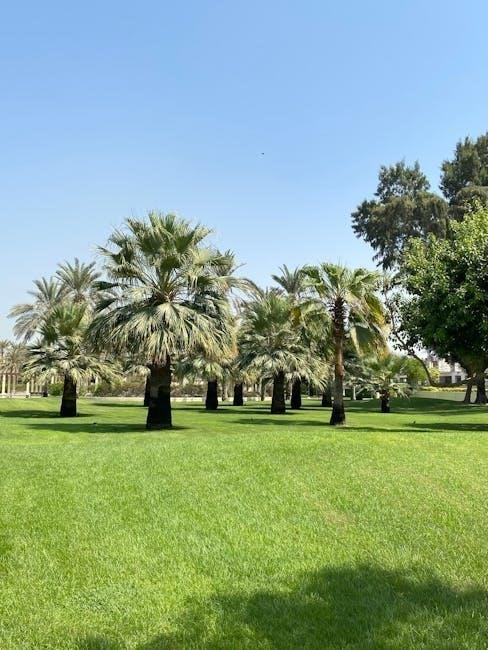
The PDF Document “7 Cardinal Rules”
5.1. Key Highlights from the Document
5.2. Relevance to Lawn Care
Environmental Impact of Lawn Care
6.1. Contribution to Carbon Sequestration
6.2. Role in Urban Ecosystems
Scientific Studies on Lawn Maintenance
7.1. Research by Eriksson, D
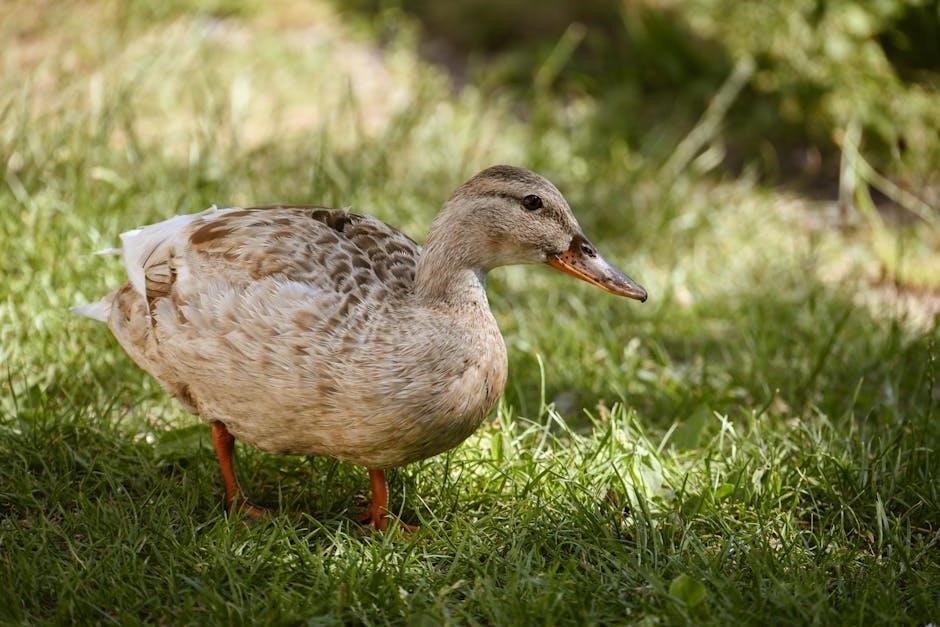
7.2. Findings from the EPA Archives

Solutions to Incoherent Lawn Care Practices
8.1. Implementing Regular Maintenance Schedules
8.2. Use of Sustainable Practices

The Role of “Care” in Lawn Maintenance
9.1. Emotional and Physical Benefits
9.2. Ethical Considerations
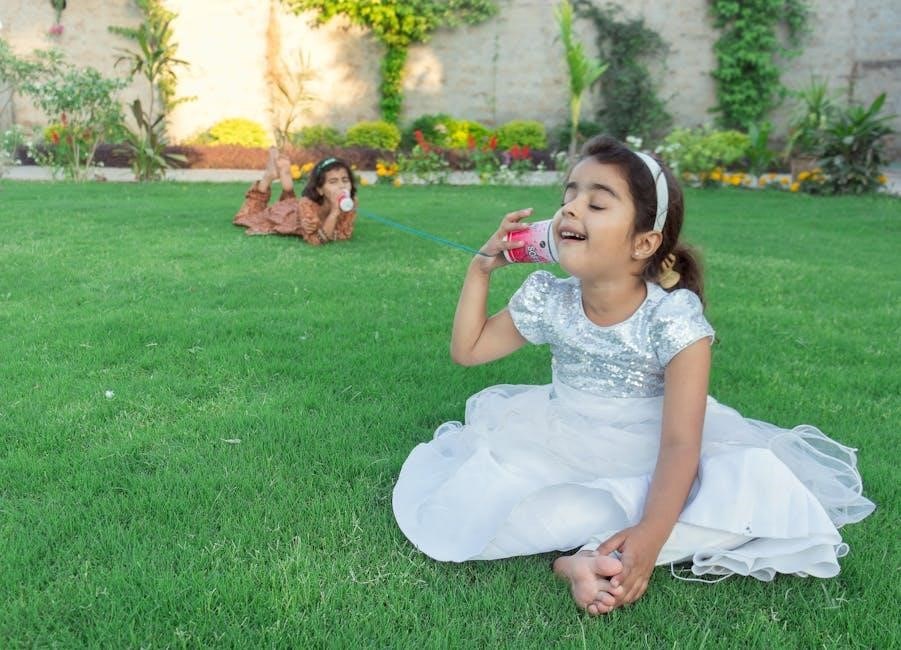
Case Studies on Effective Lawn Care
10.1. Successful Lawn Maintenance Projects
10.2. Lessons Learned
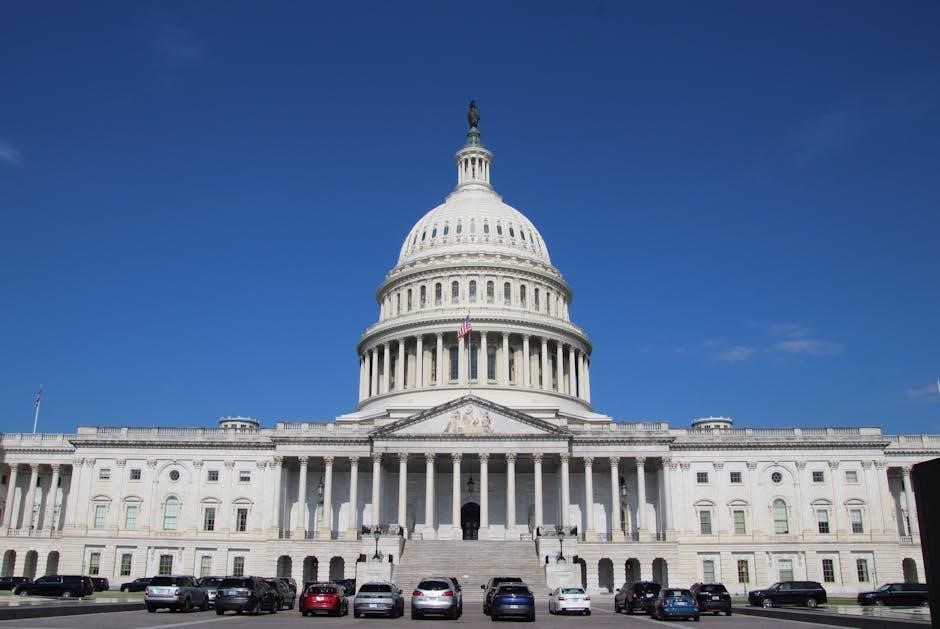
Tools and Equipment for Lawn Care
11.1; Essential Tools for Proper Maintenance
Additionally, aerators improve soil health, while edgers ensure clean boundaries. Hand tools like gloves and trowels aid in detailed tasks. Regular maintenance of equipment ensures longevity and effectiveness. Sustainable practices, as outlined in the EPA PDF, emphasize proper tool usage to promote eco-friendly lawn care. Investing in quality tools supports a healthy, visually appealing lawn, aligning with the principles of “lawn can” and efficient “hick” land management strategies.11.2. Innovative Technologies in Lawn Care
Regional Variations in Lawn Care Practices
12.1. Climate-Specific Lawn Care Strategies
12.2. Cultural Influences on Lawn Maintenance
The Future of Lawn Care
13.1. Emerging Trends
13.2. Sustainability in Lawn Care
14.1. Summary of Key Points
14.2. Final Thoughts on Lawn Care Best Practices
